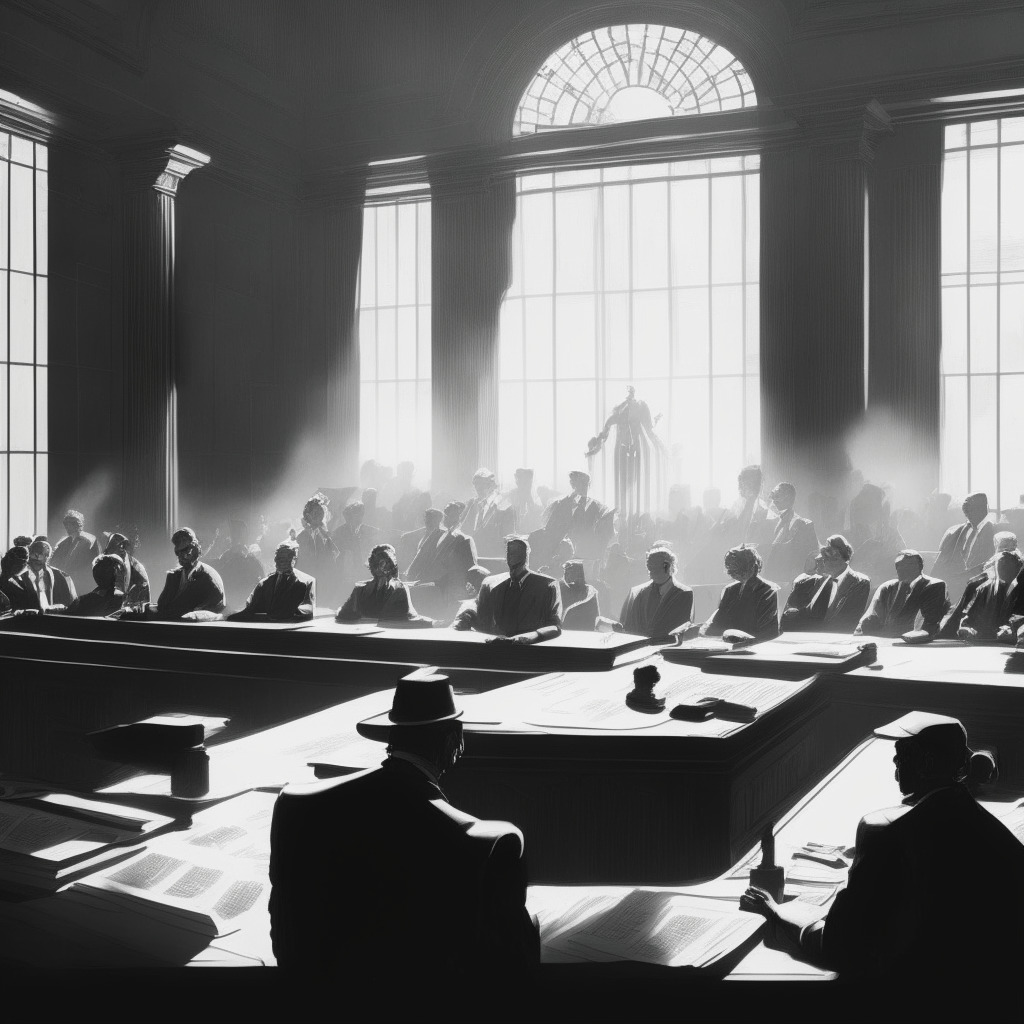At the center of the regulatory clout surrounding blockchain, cryptocurrency, and their respective industries, is a rather gripping tale set in the cold corridors of justice. A trial in Manhattan slated to stretch over six weeks involves the former FTX CEO, Sam Bankman-Fried, with a unique jury setup comprising twelve, also otherwise ordinary, citizens.
These twelve people, drawn from various professional fields including health, financial, legal, IT, and education, are facing the task of determining the fate of Bankman-Fried. They were handpicked from a pool of 45 potential jurors and features a diverse mix, comprising nine women, three men, and a broad age range stretching from their early 30s to late 60s.
The former FTX executive is facing charges related to allegations of fraud leading to a shocking collapse of FTX in November. The scene posing a stark contrast to the typical opinion we might have of a jury panel calls into question the impartiality of such grit-filled tales in the crypto world. When a former investment banker, a train conductor, and a pregnant physician assistant are presented with the task of doling out judgment in an industry about which they may have only peripheral awareness, where does that leave the future of the accused or indeed, crypto regulation?
However, not everyone vying for the twelve seats had clear skies. One of the potential jurors was disqualified after it was revealed she works for a firm that invested in FTX and Alameda Research. Even so, the proceedings of jury selection and confirmation basked in a relatively typical legal light, with no sign of crypto-specific dissent marring the process.
As intriguing as the jury setup is, the regulatory twist does not stop here. Fueling the cynical part of this analysis is whether these twelve individuals, despite their collective wisdom, can accurately assess and deliver judgment on a case deeply rooted in the crypto-industry, a world that constantly evolves in the blink of an eye.
Drawing on a final note, one should dwell on this glaring question: Is justice, as represented in this jury panel, adept enough at keeping stride with the meteoric rise and transformation of digital technology, or more specifically, blockchain and crypto-assets? It offers a slice of food for thought on regulation and justice in our increasingly digital world. The outcome of this trial may well not define the future of cryptocurrency, but it undeniably has a part to play in its unfolding story.
Source: Cointelegraph




